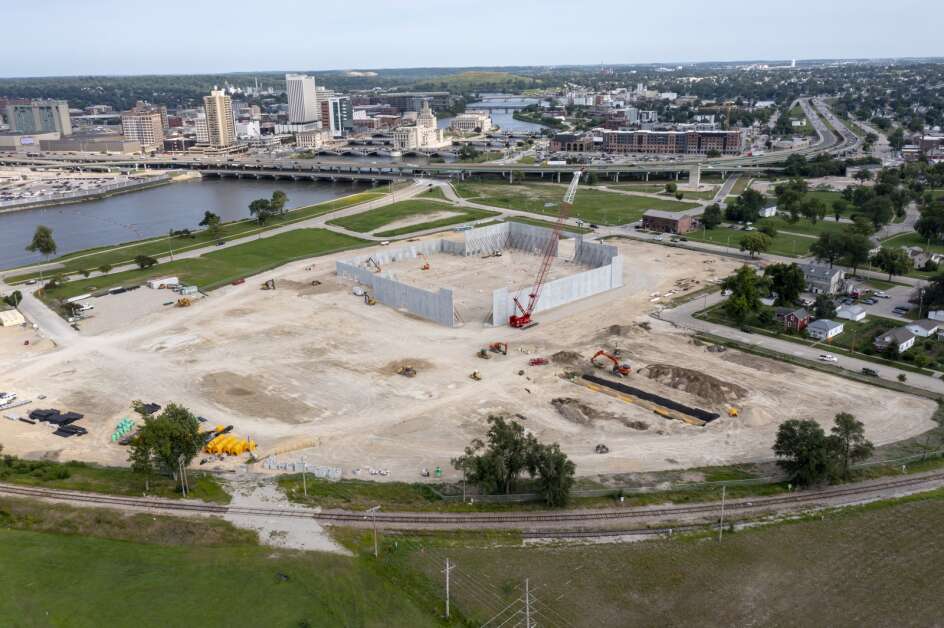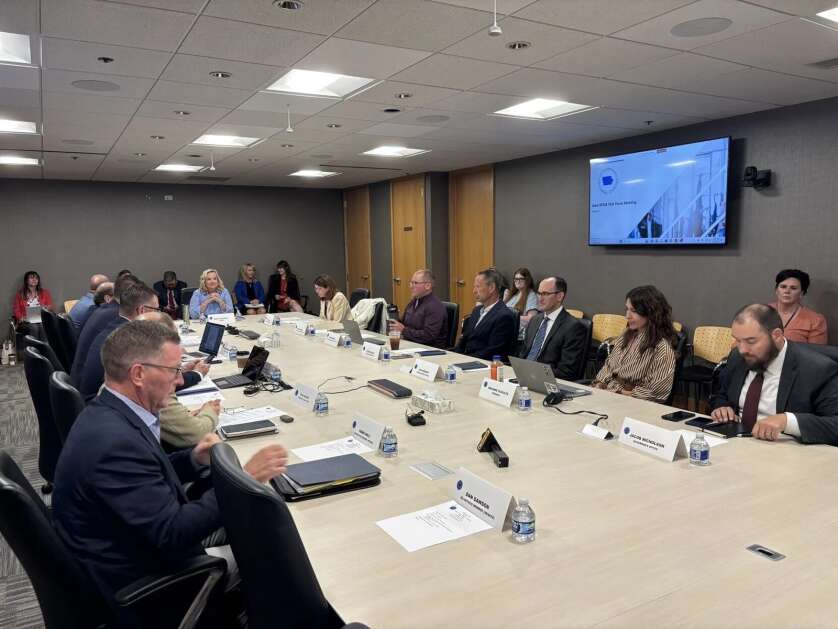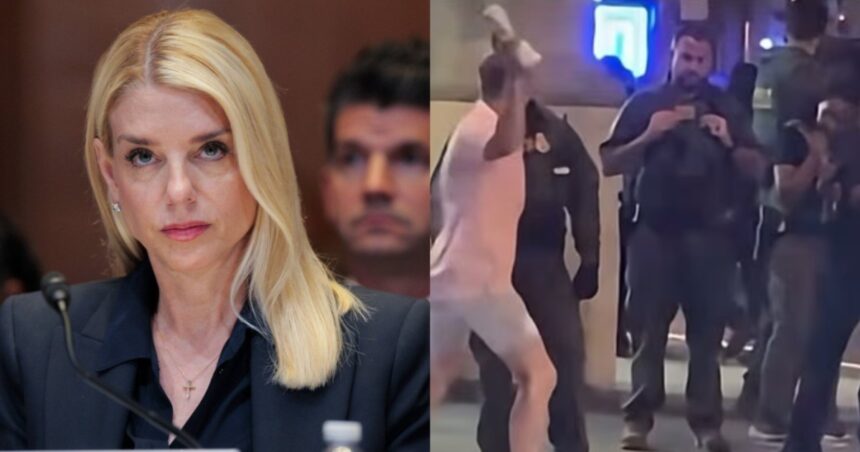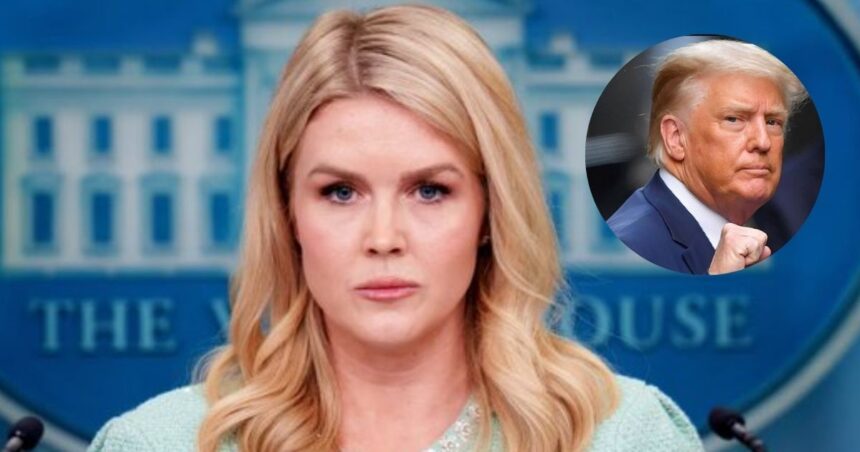President Donald Trump has drastically cut the timeframe he had set for finishing the war in Ukraine from fifty days to less than two weeks. While in Scotland, Trump spoke with UK Prime Minister Keir Starmer and bemoaned the lack of progress on a peace agreement.
Trump declared that he will set a new date of perhaps ten, ten, or twelve days from now. There is no need to wait. I wanted to be fair and say that it was fifty days, but we simply don’t see any development.
Many viewed Trump’s earlier promise to terminate the conflict within 50 days of taking office as being overly ambitious. His updated forecast puts pressure on Ukraine and Russia to move swiftly or face more upheaval.
President Trump has rescheduled his deadline for Putin to reach a peace agreement with Ukraine to either 10 or 12 days from now.
Trump has previously been successful in negotiating peace agreements with numerous other nations.
He is skilled at what he does. Have faith in Trump.xRujUKERX7 pic.twitter.com/
July 28, 2025 Paul A. Szypula (@Bubblebathgirl)
The change coincides with fresh claims that Trump is taking a more pro-Russian stance toward the conflict by siding with Russian President Vladimir Putin. Trump’s history of doubting U.S. assistance for Ukraine and his prior praise of Putin are cited by critics as indications of a problematic alliance.
Additionally, the statement comes after a string of heated discussions between Trump and Volodymyr Zelenskyy, the president of Ukraine. Trump and Vice President J.D. Vance reportedly called Zelenskyy disrespectful during unsuccessful negotiations over a contentious minerals-for-aid deal, which contributed to the acrimony of their Oval Office meeting earlier this year.
The United States temporarily suspended military aid to Ukraine in the months that followed, which fueled rumors that Trump’s administration is turning its back on Kyiv. Even though funding has subsequently begun, Ukraine’s leadership and European partners remain uncertain due to Trump’s comments.
Russia has not formally reacted to the revised timeline, even after Trump announced the deadline. Recent attacks on civilian locations in Kharkiv and Kropyvnytskyi are part of Moscow’s ongoing military actions in eastern Ukraine.
Some foreign policy observers see Trump’s decision to reduce the deadline as an effort to take back control of the narrative. Others contend that it represents the White House’s mounting annoyance at Russia’s lack of participation in peace initiatives.
European leaders are keeping a careful eye on Trump’s most recent action. While some applaud the pressure effort, others worry that it can backfire if it isn’t combined with a reliable enforcement system.
Trump has previously suggested enacting secondary sanctions on businesses who continue to do business with Moscow and slapping high tariffs on Russian friends. He hasn’t yet provided a clear strategy, though, in case Russia disregards the 10- to 12-day ultimatum.
The administration has also sought arms agreements with friends in Europe, providing Ukraine with defense equipment and missile systems. However, Trump’s public conflicts with NATO and trade tensions with the European Union have eclipsed these attempts.
Trump put up a plan earlier this year that would have demanded Ukraine cede some of its natural riches in return for ongoing U.S. assistance. Zelenskyy demanded security guarantees after rejecting the offer, claiming it infringed Ukraine’s sovereignty.
The back-and-forth has sparked questions about whether Trump is leveraging the dispute to close deals instead of respecting international standards. His strategy, according to critics, weakens Ukraine’s position and gives Russia more confidence to demand concessions.
It’s still unclear how much power Trump actually has over the Kremlin as the new deadline draws near. There are few indications that Moscow is willing to make concessions, despite his insistence that peace is achievable.
Although Trump’s updated schedule calls for action from August 7 to 9, the circumstances around the ultimatum are still developing. It remains to be seen if it is the start of the end of the war or just another phase of the struggle.






